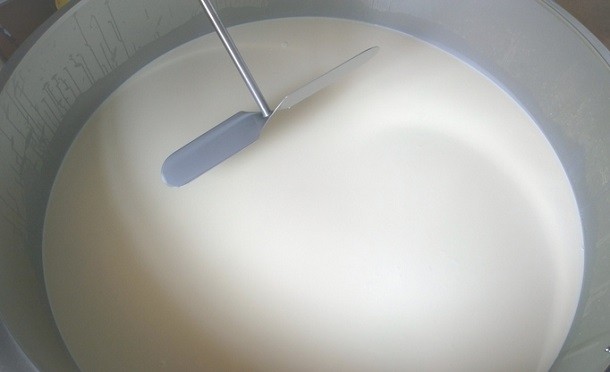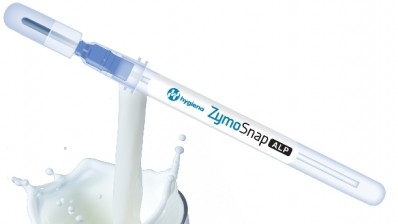Pilot program closely monitors tetracycline antibiotics in US milk supply

Tetracyclines are a family of antibiotics used to treat dairy herds for health issues such as digital dermatitis.
The program aims to ensure that tetracycline residues above 330ppb are not entering the dairy food supply by testing, at a minimum, one in every 15 milk tankers that arrive at Grade “A” dairy processing plants through a rapid response test specifically designed for the program.
The pilot was approved in 2015 by the National Conference of Milk Shipments and the FDA to expand the variety of drugs, other than beta-lactams, that are tested for in raw milk.
“Our goal is that we can use this as a way to demonstrate what a great job we’re doing in making sure that antibiotics don’t end up in dairy food products,” Beth Briczinski, Ph.D., vice president of dairy foods and nutrition at NMPF, told DairyReporter.
All interstate milk shippers in all 50 US states and Puerto Rico are expected to participate in the program.
Mirroring beta-lactam testing
“This new program largely mirrors the ongoing beta-lactam screening program, which for decades has checked every single tanker load of milk for the penicillin class of drugs,” NMPF CEO and president, Jim Mulhern, penned in a blog.
“The findings of that program should reinforce the knowledge that our industry’s combination of education, proactive veterinary treatment, and careful record-keeping do a tremendous job in minimizing the chances that any trace levels of antibiotics appear in milk.”
Since 1996, the percentage of milk tankers that test positive for the presence of beta-lactams dropped from 0.104% to 0.011% in 2016, according to NMPF.
“During this 20-year period, any of the tankers that tested positive for violative residue were dumped, the milk never reaching store shelves,” Mulhern said.
Varying acceptable levels of tetracycline
Currently the sum of tetracycline residue (chlortetracycline, oxytetracycline and tetracycline) present in raw milk should not exceed 300 ppb, according to FDA regulations.
Other countries such as Russia have much more stringent regulations on tetracycline levels in dairy products deeming anything that exceeds 12.8ppb as unfit for human consumption.
The milk being tested in the program must meet the minimum requirement of 300ppb, but the tetracycline test will also allow processors to test for lower levels of the antibiotic in order to meet export regulations in other countries.





